Neural Substrates of Body Ownership and Agency during Voluntary Movement
- PMID: 36801824
- PMCID: PMC10072298
- DOI: 10.1523/JNEUROSCI.1492-22.2023
Neural Substrates of Body Ownership and Agency during Voluntary Movement
Abstract
Body ownership and the sense of agency are two central aspects of bodily self-consciousness. While multiple neuroimaging studies have investigated the neural correlates of body ownership and agency separately, few studies have investigated the relationship between these two aspects during voluntary movement when such experiences naturally combine. By eliciting the moving rubber hand illusion with active or passive finger movements during functional magnetic resonance imaging, we isolated activations reflecting the sense of body ownership and agency, respectively, as well as their interaction, and assessed their overlap and anatomic segregation. We found that perceived hand ownership was associated with activity in premotor, posterior parietal, and cerebellar regions, whereas the sense of agency over the movements of the hand was related to activity in the dorsal premotor cortex and superior temporal cortex. Moreover, one section of the dorsal premotor cortex showed overlapping activity for ownership and agency, and somatosensory cortical activity reflected the interaction of ownership and agency with higher activity when both agency and ownership were experienced. We further found that activations previously attributed to agency in the left insular cortex and right temporoparietal junction reflected the synchrony or asynchrony of visuoproprioceptive stimuli rather than agency. Collectively, these results reveal the neural bases of agency and ownership during voluntary movement. Although the neural representations of these two experiences are largely distinct, there are interactions and functional neuroanatomical overlap during their combination, which has bearing on theories on bodily self-consciousness.SIGNIFICANCE STATEMENT How does the brain generate the sense of being in control of bodily movement (agency) and the sense that body parts belong to one's body (body ownership)? Using fMRI and a bodily illusion triggered by movement, we found that agency is associated with activity in premotor cortex and temporal cortex, and body ownership with activity in premotor, posterior parietal, and cerebellar regions. The activations reflecting the two sensations were largely distinct, but there was overlap in premotor cortex and an interaction in somatosensory cortex. These findings advance our understanding of the neural bases of and interplay between agency and body ownership during voluntary movement, which has implications for the development of advanced controllable prosthetic limbs that feel like real limbs.
Keywords: fMRI; multisensory integration; rubber hand illusion; somatosensation; voluntary action.
Copyright © 2023 Abdulkarim et al.
Figures



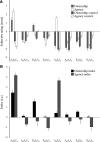
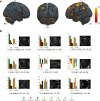


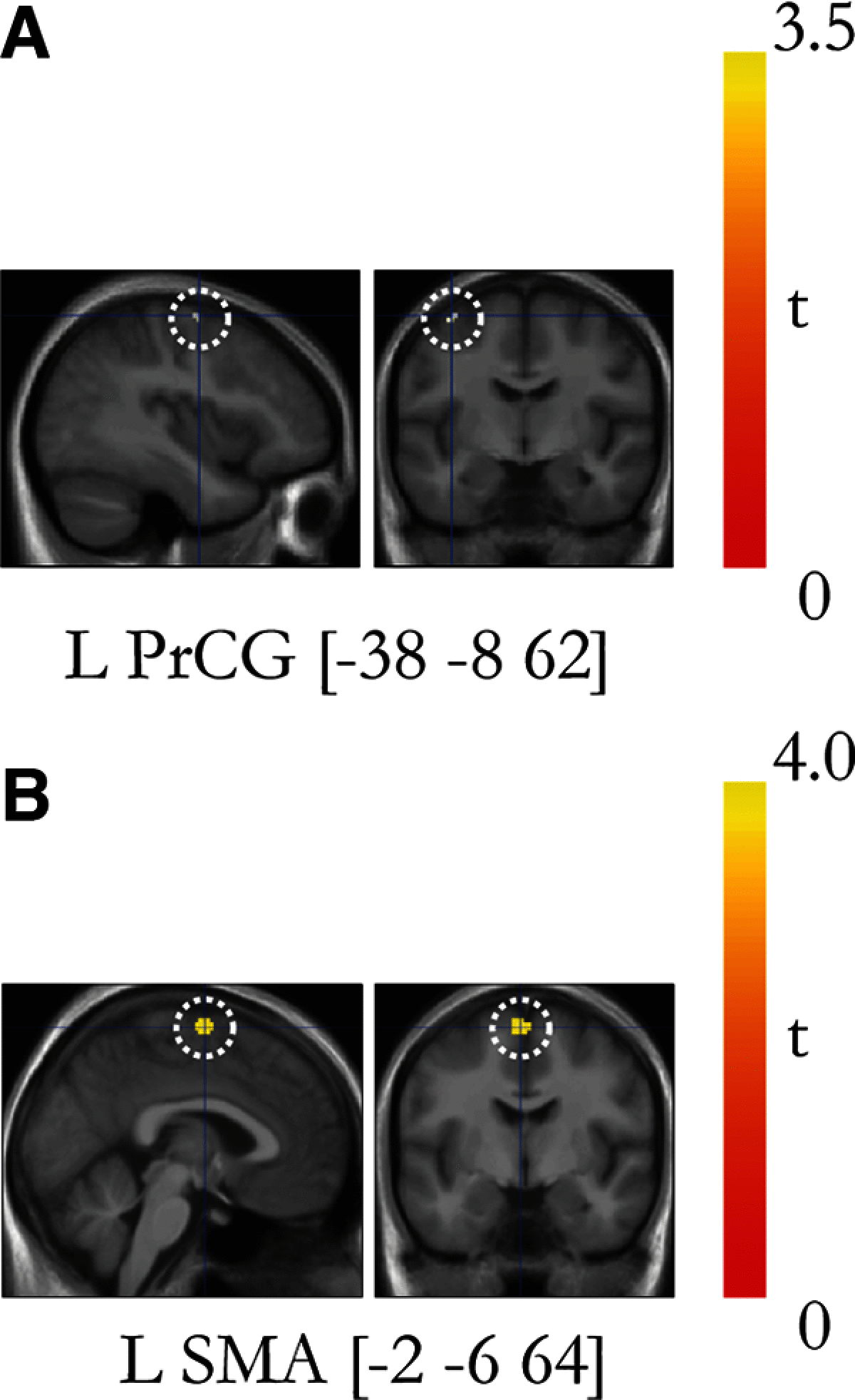
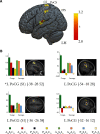
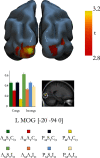



References
Publication types
MeSH terms
LinkOut - more resources
Full Text Sources
